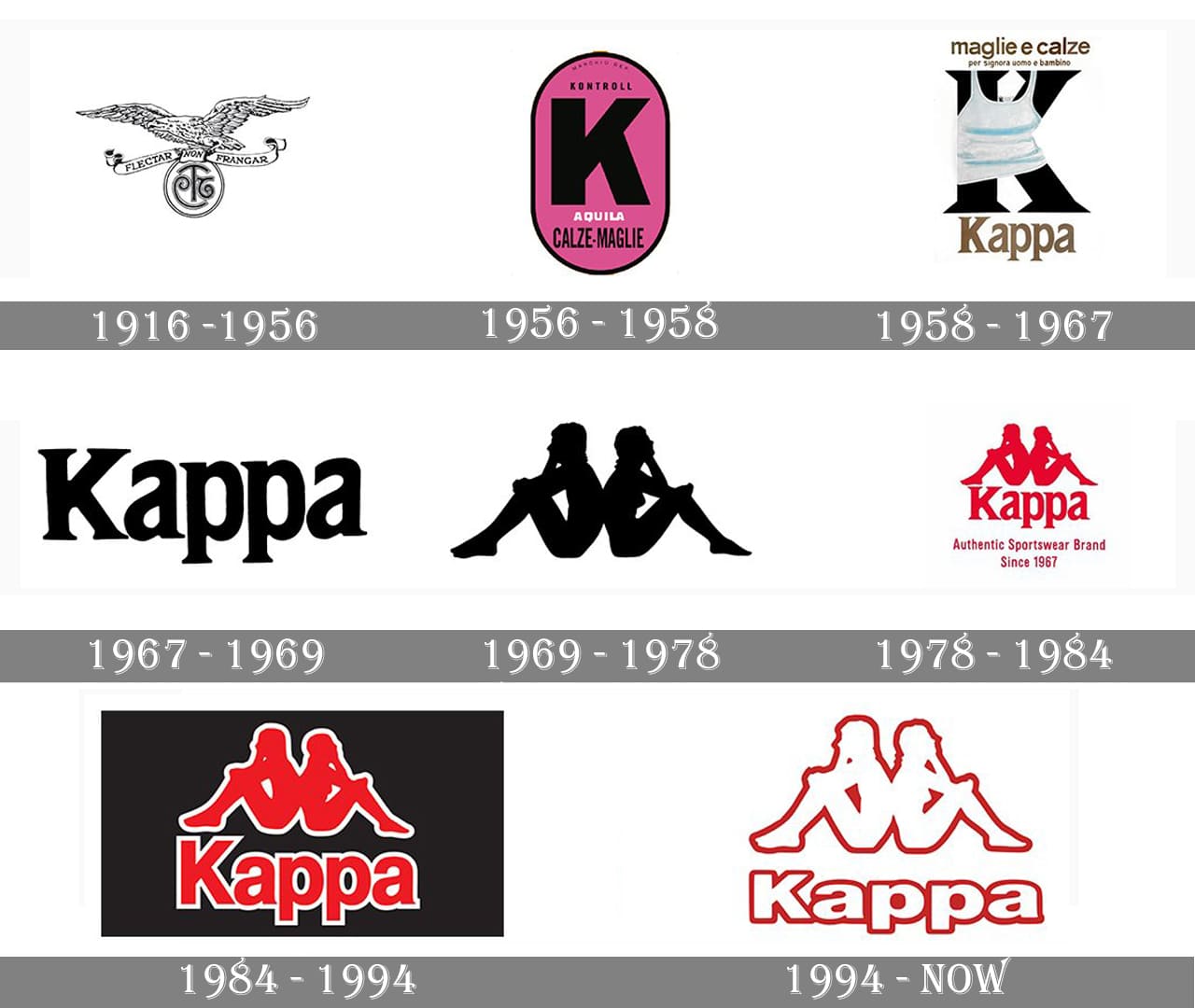When it comes to iconic logos in the world of fashion and sportswear, the Kappa logo stands out as a symbol of style, quality, and heritage. Originating from Italy, the Kappa logo has become a globally recognized emblem, adorning the products of the esteemed brand. In this article, we delve into the history, meaning, and impact of the Kappa logo.
The History of the Kappa Logo
The story of the Kappa logo dates back to 1969 when the brand was founded in Turin, Italy. The iconic “Omini” logo, which features a silhouette of a man and woman sitting back to back, was created by mere chance when a photo shoot went awry, resulting in the accidental overlap of two photographs. This chance alignment birthed what would become one of the most recognizable logos in the fashion and sportswear industry. Enriched with symbolism and representing equality, mutual support, and the idea of interdependence, the Kappa logo quickly gained prominence and has since endured the test of time, retaining its relevance and appeal across generations.
The Meaning and Symbolism
The Kappa logo embodies a multitude of meanings, with its distinctive “Omini” design encapsulating a profound message of unity and togetherness. The intertwining silhouettes of the man and woman signify the concept of partnership and cooperation, evoking a sense of balance and harmony. This timeless representation of unity resonates with consumers, transcending geographical and cultural boundaries, and has established the Kappa logo as a universal symbol of inclusivity and solidarity.
Credit: www.quora.com

Credit: 1000logos.net
Impact and Recognition
Over the years, the Kappa logo has left an indelible mark in the realms of both fashion and sports. The brand’s fusion of style and function has garnered a robust following, with the Kappa logo adorning a diverse array of apparel, footwear, and accessories. It has become synonymous with high-quality sportswear and streetwear, serving as a testament to Kappa’s commitment to excellence and innovation. Furthermore, Kappa’s strategic collaborations with prominent athletes, teams, and influencers have amplified the reach and impact of the logo, cementing its status as an enduring emblem of athletic prowess and fashion-forward sensibilities.
The Evolution of the Kappa Logo
While maintaining its essence of unity and equality, the Kappa logo has undergone subtle refinements to align with contemporary design trends and consumer preferences. These adaptations have enabled the logo to seamlessly integrate into evolving fashion landscapes while staying true to its core principles. The versatility of the Kappa logo is exemplified through its ability to resonate with diverse demographics, from seasoned sports enthusiasts to fashion-forward trendsetters, fostering a sense of belonging and empowerment.
In Conclusion
In conclusion, the Kappa logo represents more than just a visual symbol; it encapsulates a rich heritage, embodying values of togetherness, resilience, and inclusivity. With its enduring significance in the fashion and sportswear industry, the Kappa logo continues to inspire and unite individuals worldwide, transcending boundaries and fostering a global community rooted in shared appreciation for style, sports, and the spirit of unity.
Frequently Asked Questions On What Is The Kappa Logo?
What Does The Kappa Logo Represent?
The Kappa logo symbolizes unity and equality, reflecting the brand’s commitment to inclusivity in sports and fashion.
How Did The Kappa Logo Originate?
The Kappa logo was inspired by Greek mythology, specifically the figure of Kappa, a symbol of unity and balance.
What Are The Key Elements Of The Kappa Logo?
The Kappa logo consists of a silhouette of a man and woman leaning against each other, forming a loop that represents unity.
Why Is The Kappa Logo Popular In The Fashion Industry?
The Kappa logo’s popularity in the fashion industry can be attributed to its timeless design, symbolizing unity and appealing to a diverse audience.

